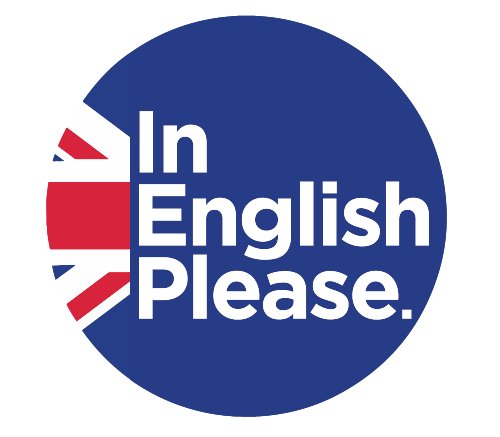Have to

Verbo modal Have to
Se utiliza have to para hablar de algo que tienes que hacer. Al igual que hemos visto en la lección anterior se trata de un verbo modal y es un auxiliar, es decir, acompaña a otro verbo. ¡No olvides hacer los ejercicios en la siguiente lección para practicar la teoría que vas a ver ahora!
Para hacer afirmaciones
I have to leave the meeting. Tengo que dejar la reunión.
She has to close the store. Ella tiene que cerrar la tienda.
| I, you, we, they | have to | verb (infinitive form) |
| he / she / it | has to | verb (infinitive form) |
Negativo
Aquí es lo contrario de obligación, por tanto lo podemos traducir como: no es necesario, no hace falta…
You don’t have to wrap the present. No es necesario envolver el regalo.
It doesn’t have to be perfect. No hace falta que sea perfecto.
| I, you, we, they | don’t | have to | verb (infinitive form) |
| he / she / it | doesn’t | have to | verb (infinitive form) |
Preguntas
Do you have to work today? ¿Tienes que trabajar hoy?
Does she have to walk the dog? ¿Tiene que pasear el perro?
| Do | I, you, we, they | have to | verb (infinitive form) | |
| Does | he / she / it | have to | verb (infinitive form) |

